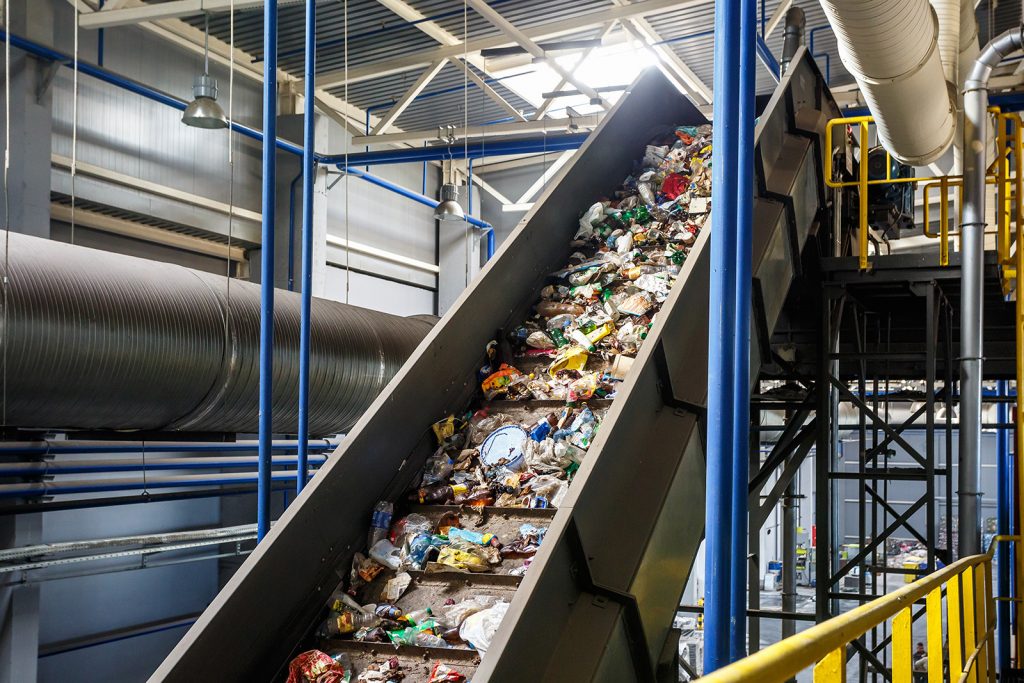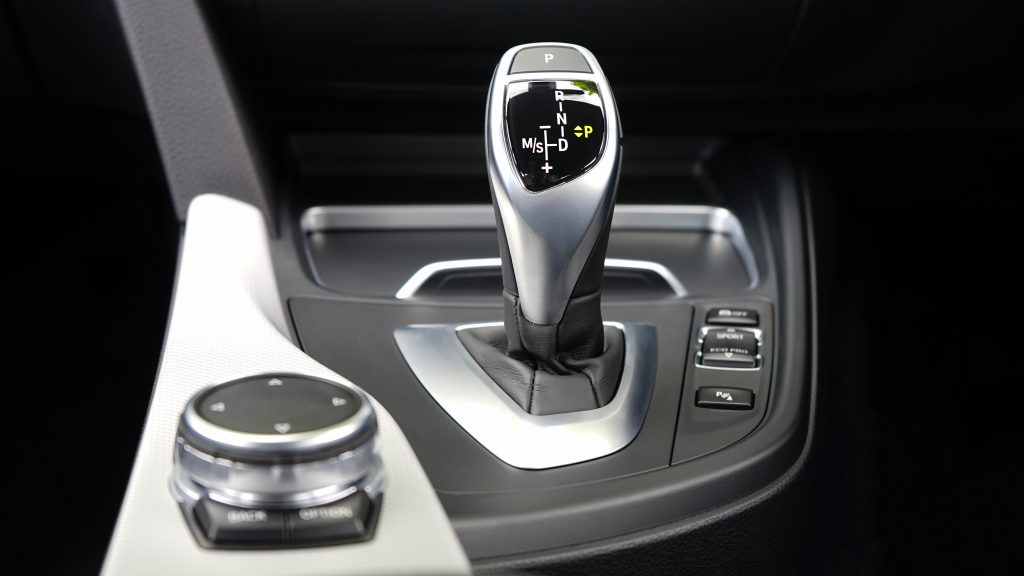Sorting it Out: How imaging systems are improving the way we recycle
Multispectral and hyperspectral imaging systems are improving how we sort and recycle waste
According to the World Bank, humans generated 1.3 billion tonnes of garbage in 2013. And while much of that went to landfill sites or incinerators, the amount of plastic, glass, paper and metal recycled from waste has been steadily rising for decades. In 2013 the global leaders in recycling municipal waste were Germany (65%), South Korea (59%), Slovenia and Austria (both at 58%) and Belgium (55%), according to the OECD. This is a big change from even a decade ago, yet most countries are still a long way from reaching their recycling targets.
A new way to waste less waste
In most waste treatment facilities, the amount of material that can be recycled is limited by the sorting technology. This matters because increasing the purity of a recycled material by even a few per cent can double its value, and extracting more recyclable material means disposing of less waste.

A new generation of multispectral and hyperspectral cameras is increasing the purity of many recycled materials to close to 100%. These cameras divide light into hundreds of narrow bands over a continuous range that spans the electromagnetic spectrum. The cameras collect hundreds of data points per pixel and combine these to generate a unique spectral signature (also called a fingerprint) for each material based on its chemical composition.
Here’s how these systems are being used to improve the sorting of two of the most common and difficult-to-sort waste materials—plastics and papers.
Finding the plastic fingerprint
Most recycling centers use a range of mechanical sorting methods, such as revolving drums that sort light from heavy objects, flotation tanks for sorting even lighter weight materials (like Styrofoam), and detectors and magnetic conveyors to sort metals.
After basic sorting is completed, some recycling centers are using hyperspectral or multispectral imaging to achieve near-perfect purity. It’s an ideal technology for plastics, which are difficult to sort because of their different chemical compositions but similar weights, colors and specific densities.

Shortwave infrared (SWIR) cameras and linear arrays are the most common type of multispectral systems used in plastic recycling, and most are based on InGaAs (a semiconductor alloy of gallium and indium arsenide) sensors, which work well at room temperature—meaning they don’t require expensive cooling systems.

Seeing inside black plastics
Conventional optical sorting systems operate within the near-infrared range, which works well for most plastics but fails for black plastics: the soot that gives them their color absorbs most of the signal, so the system can’t “see” them. SWIR multispectral cameras detect the spectral fingerprints of every kind of plastic, regardless of pigments or other additives.

Thanks to an innovation from Germany’s Fraunhofer Institute for High Frequency Physics and Radar Techniques, SWIR cameras are no longer the only option for InGaAs-based black plastic sorting. The Institutes’ new high-volume system uses a radar camera and sophisticated algorithms to detect even minute differences in spectra, and can achieve near-100% purity. The system is self-learning, so its precision increases over time, and its cost is comparable to hyperspectral cameras.
A better way to shuffle paper
Most paper waste is sorted using mechanical, chemical and optical methods. But now, hyperspectral imaging techniques developed for plastic sorting are being adapted to paper recycling. Standard SWIR InGaAs cameras for plastic sorting have a sensitivity up to 1.7μm, but hydrocarbon absorption bands are more distinct between 1.9-2.4μm than below 1.7μm. This requires hyperspectral mercury cadmium telluride (MCT) sensors, which are sensitive up to 2.5μm.
The InGaAs sensors used to sort plastics work well at room temperature, but MCT sensors have to be cooled to -80°C, making them more expensive. For sorting paper, their extended hyperspectral range justifies the premium—InGaAs sensors can’t detect the subtle differences between office paper, newspaper and cardboard.
A hyperspectral MCT camera is able to distinguish between eleven types of paper. The most important distinction is between paper that needs de-inking and cardboard, which doesn’t need de-inking. The fibers used to make newspaper, for example, are not strong enough to make cardboard and the fibers used for cardboard are unsuitable for making newspaper. Sorting paper accurately is essential to keeping the cost of recycling lower than for manufacturing paper from virgin wood fibers, which is far more energy intensive.
A wide range of applications
Hyperspectral imaging systems can be used for other difficult-to-sort recyclable materials, such as crushed electronic scrap. Crushing creates a mishmash of plastics and metals that SWIR systems can easily sort by spectral signatures.
Originally developed to identify oil deposits and seams of metal ores, hyperspectral imaging is now being used in many other industries besides recycling. Protecting crop health, diagnosing eye disease, improving food processing, monitoring emissions from coal and oil-fired power plants and municipal and hazardous waste incinerators—are just a few of many applications.
A cleaner future
As manufacturers continue to innovate and deliver more sophisticated products, recycling and reuse companies must forge ahead with new and varied technologies for sorting and returning materials to use. With continued advances in imaging technology from across the electromagnetic spectrum, sorting systems will evolve, become easier to implement and more accurate. As these technologies become more widespread, an increasing number of countries will be in a better position to divert waste from their landfills and reclaim materials back to the manufacturers for reuse.
Further reading on Hyperspectral Imaging:
http://teledynedalsa.com/en/learn/markets-and-applications/aerospace/hyperspectral/



